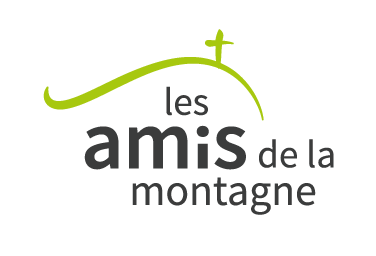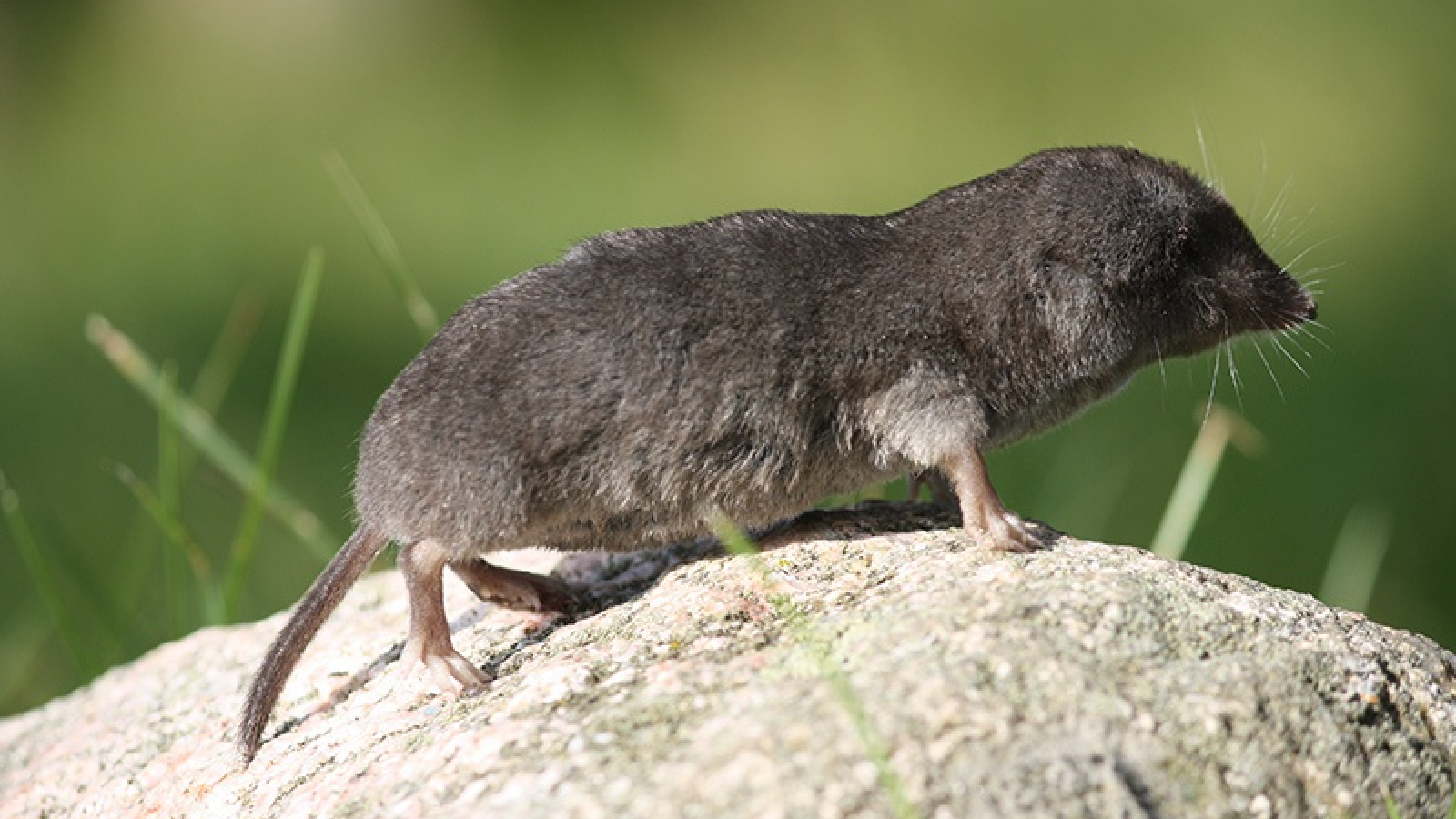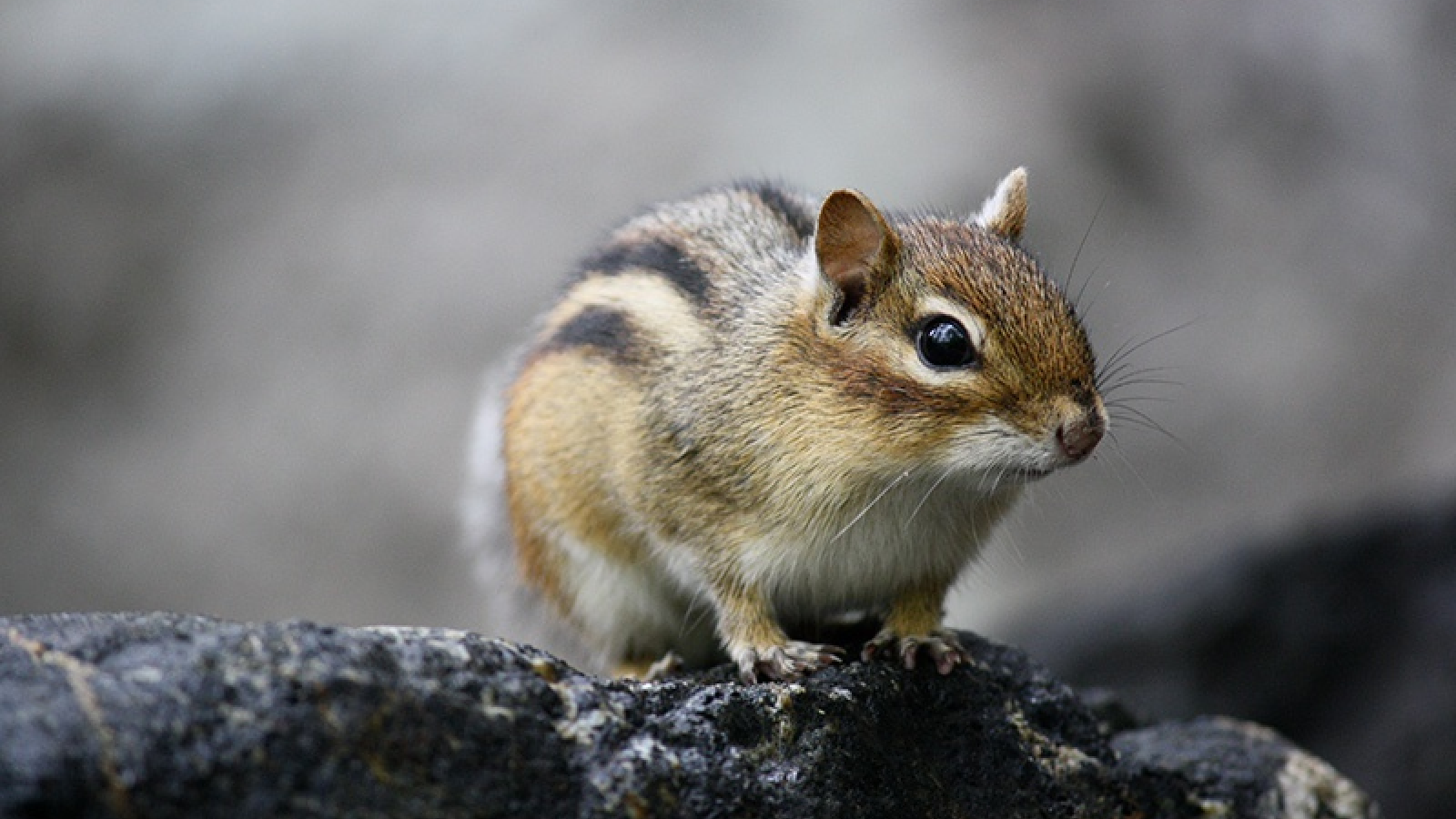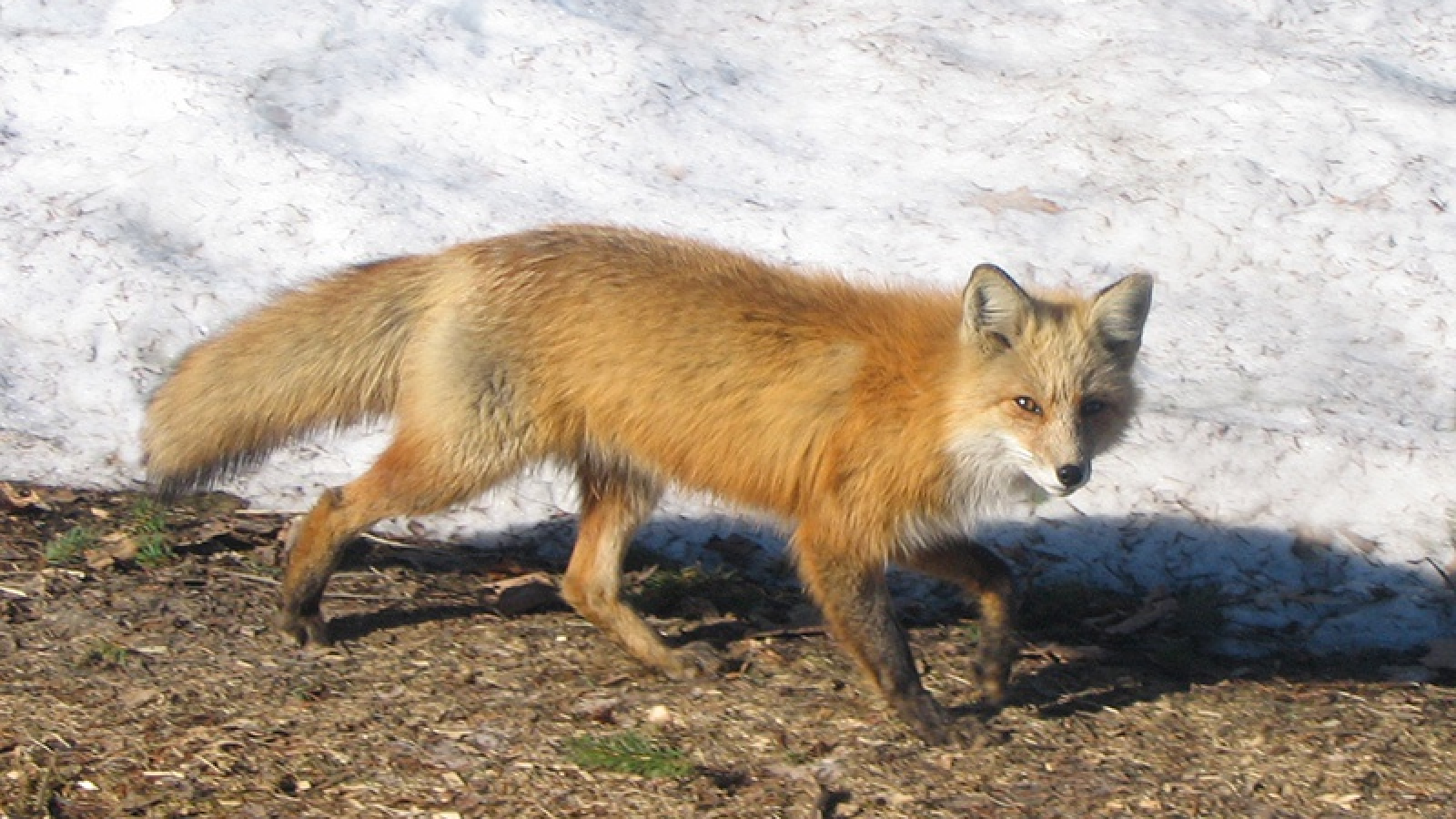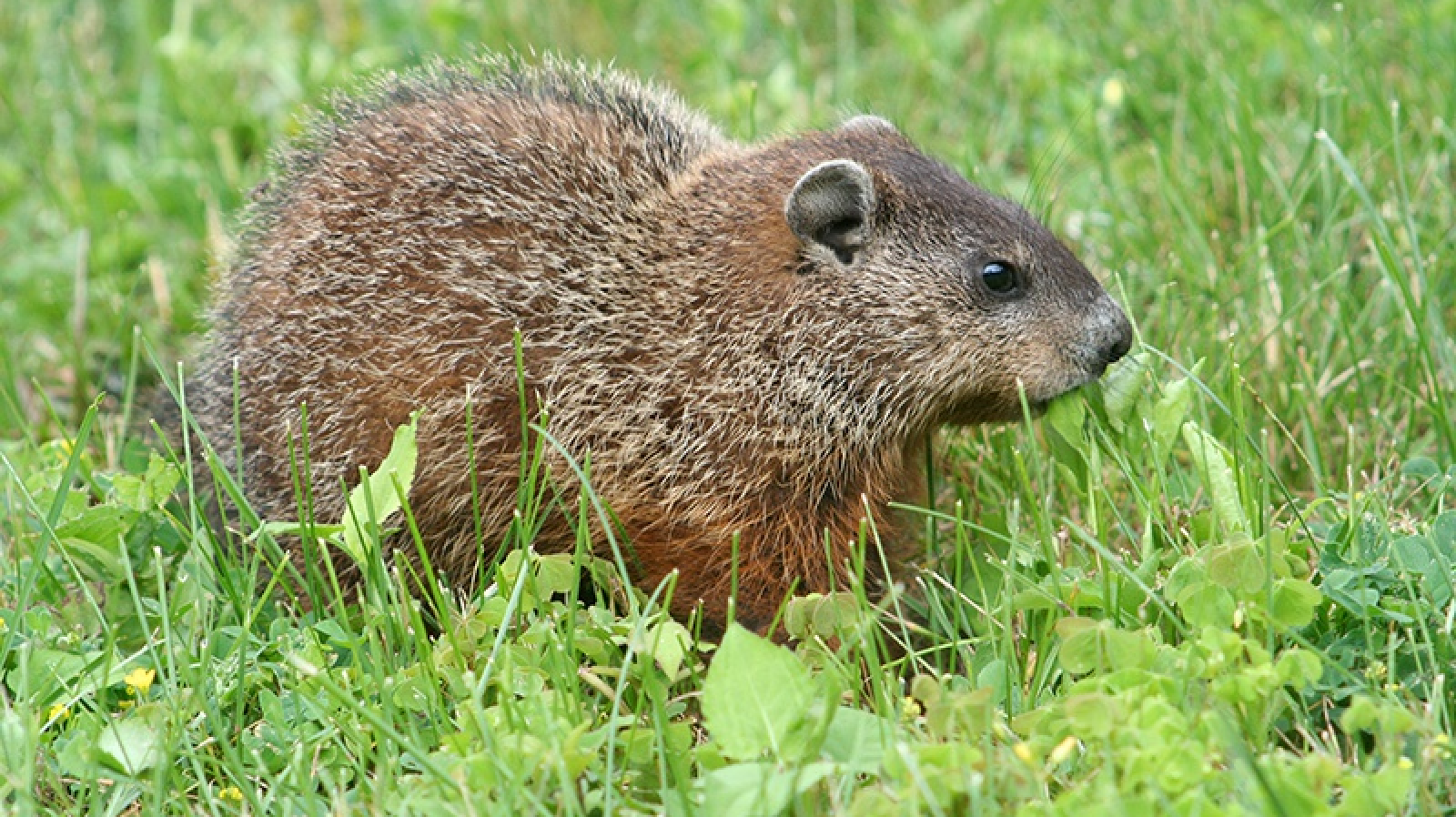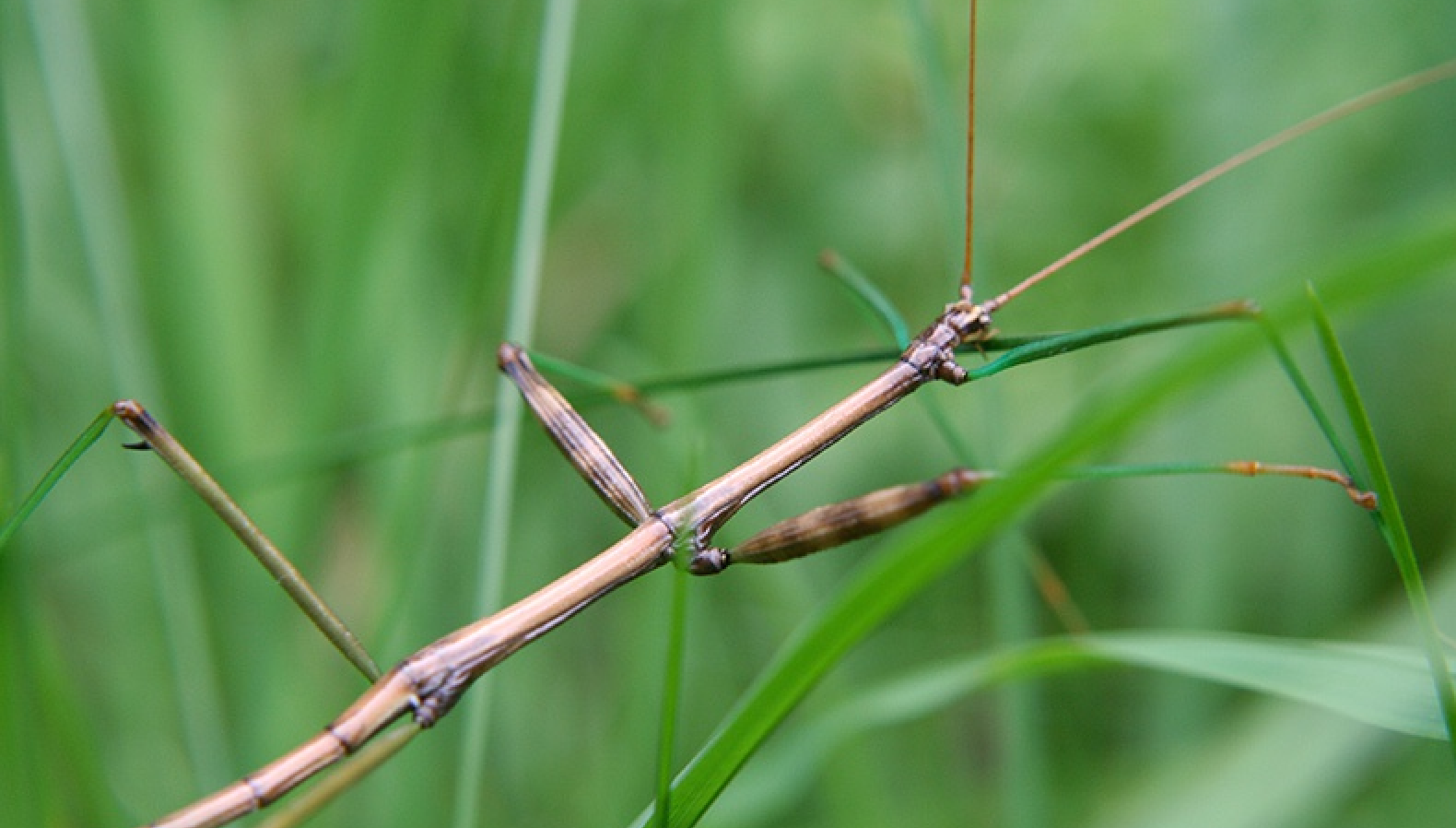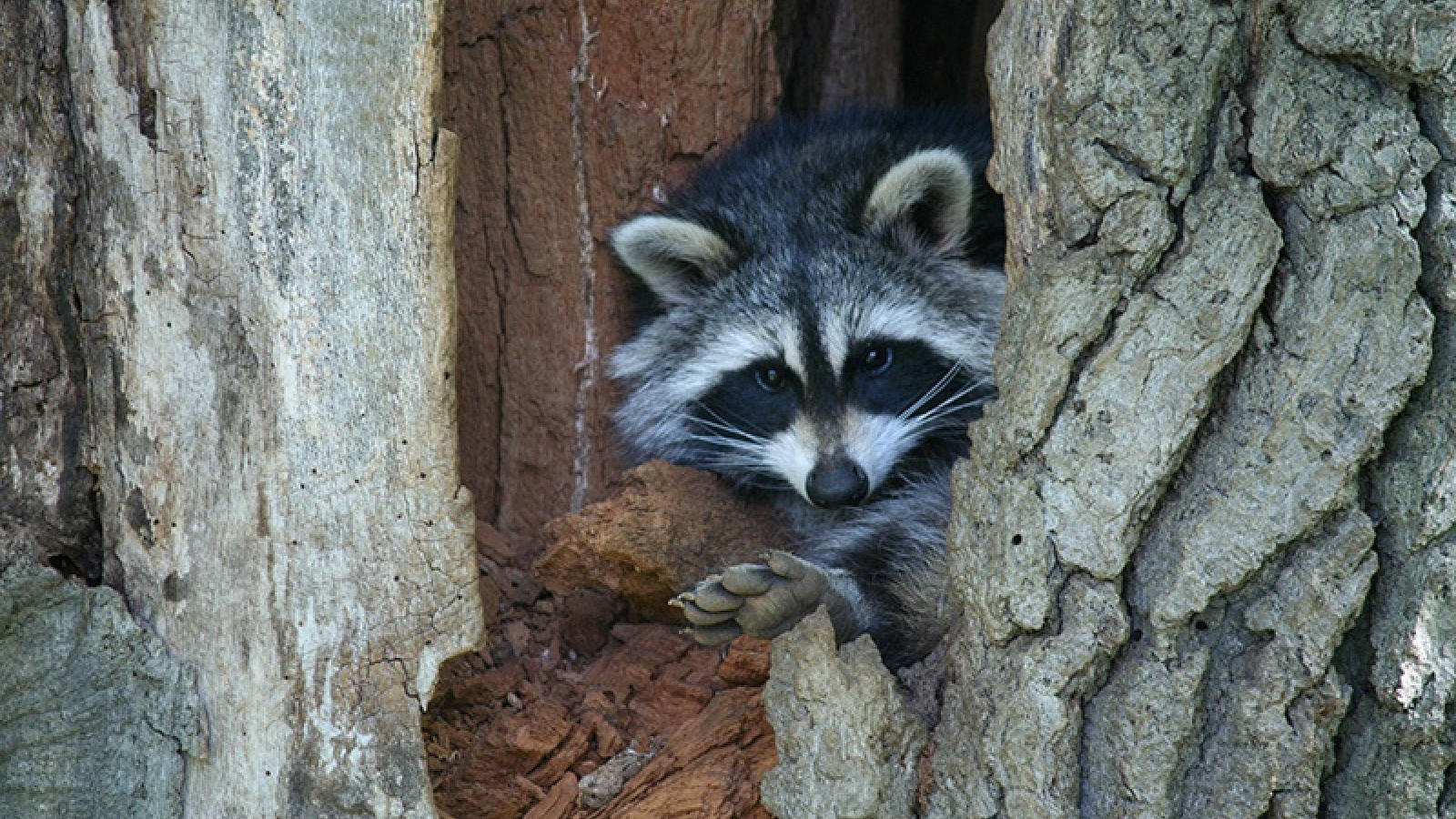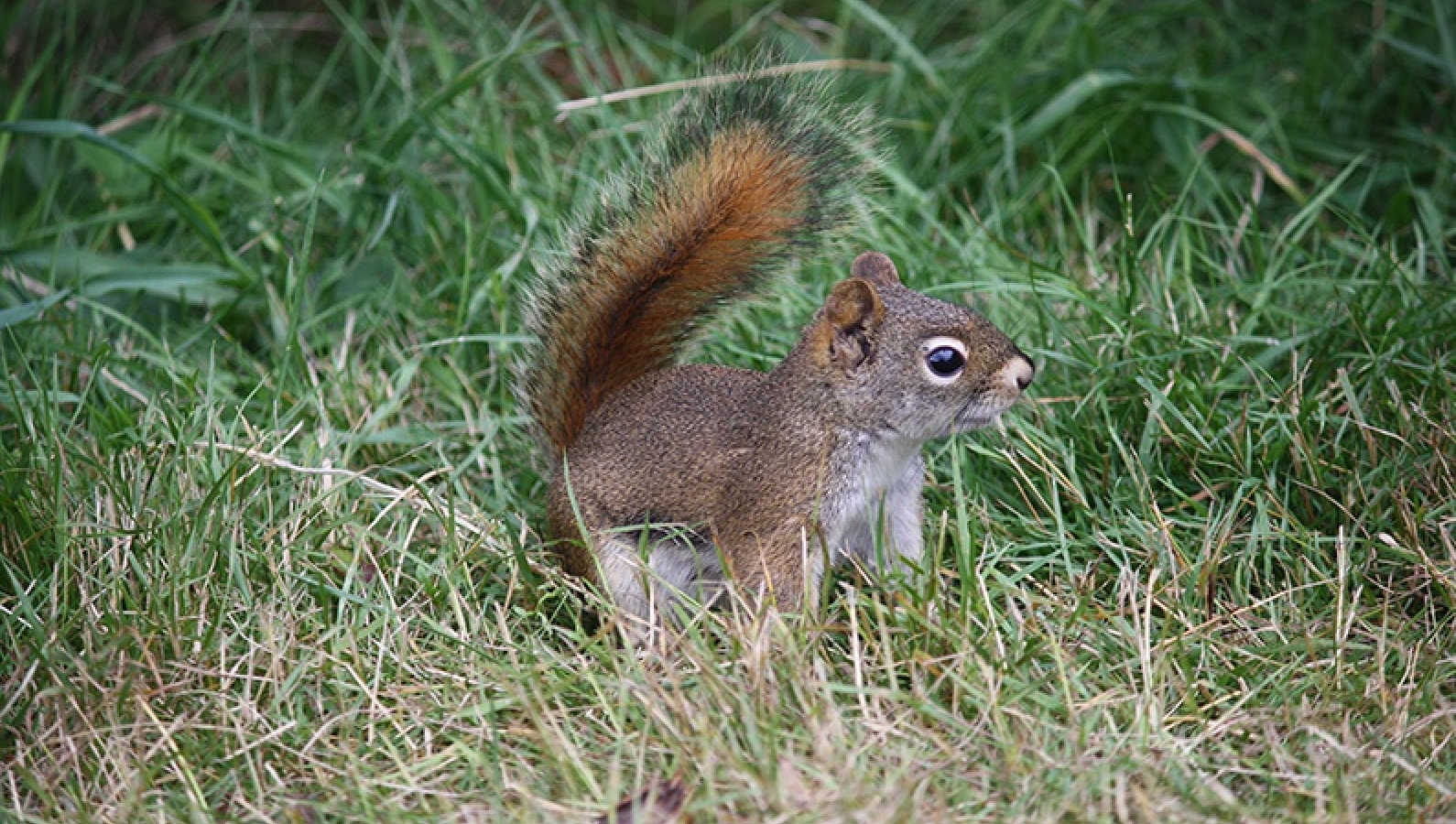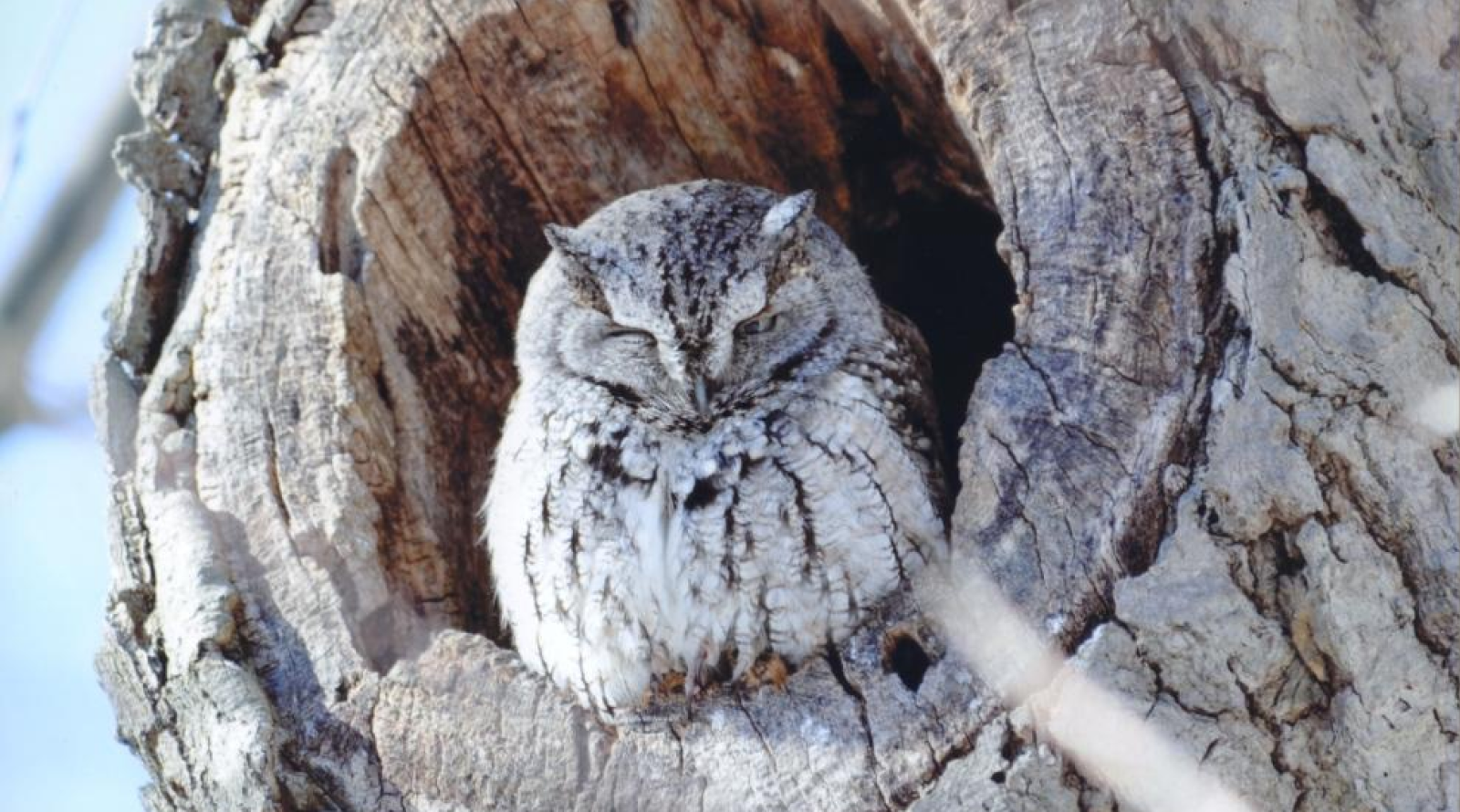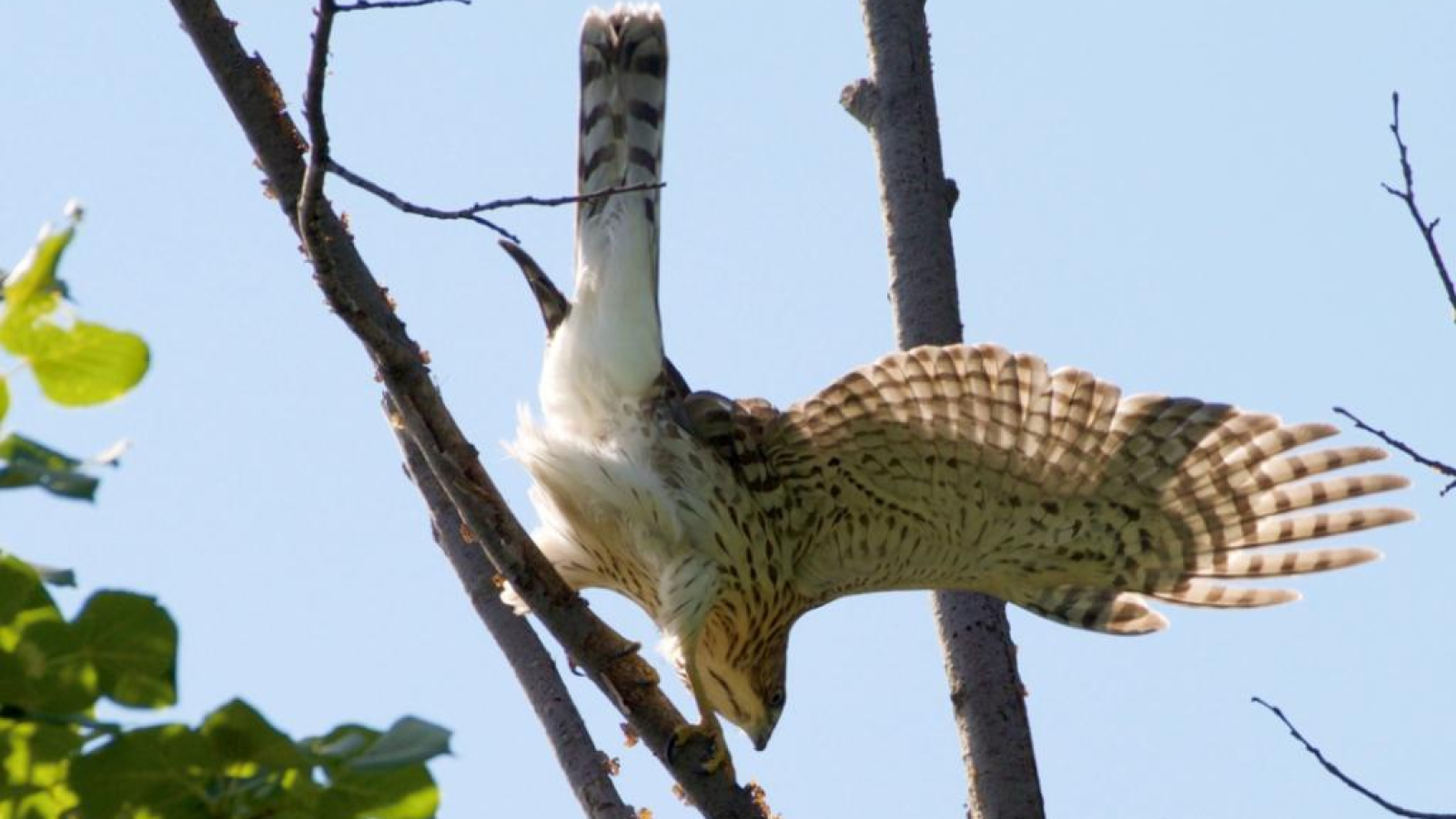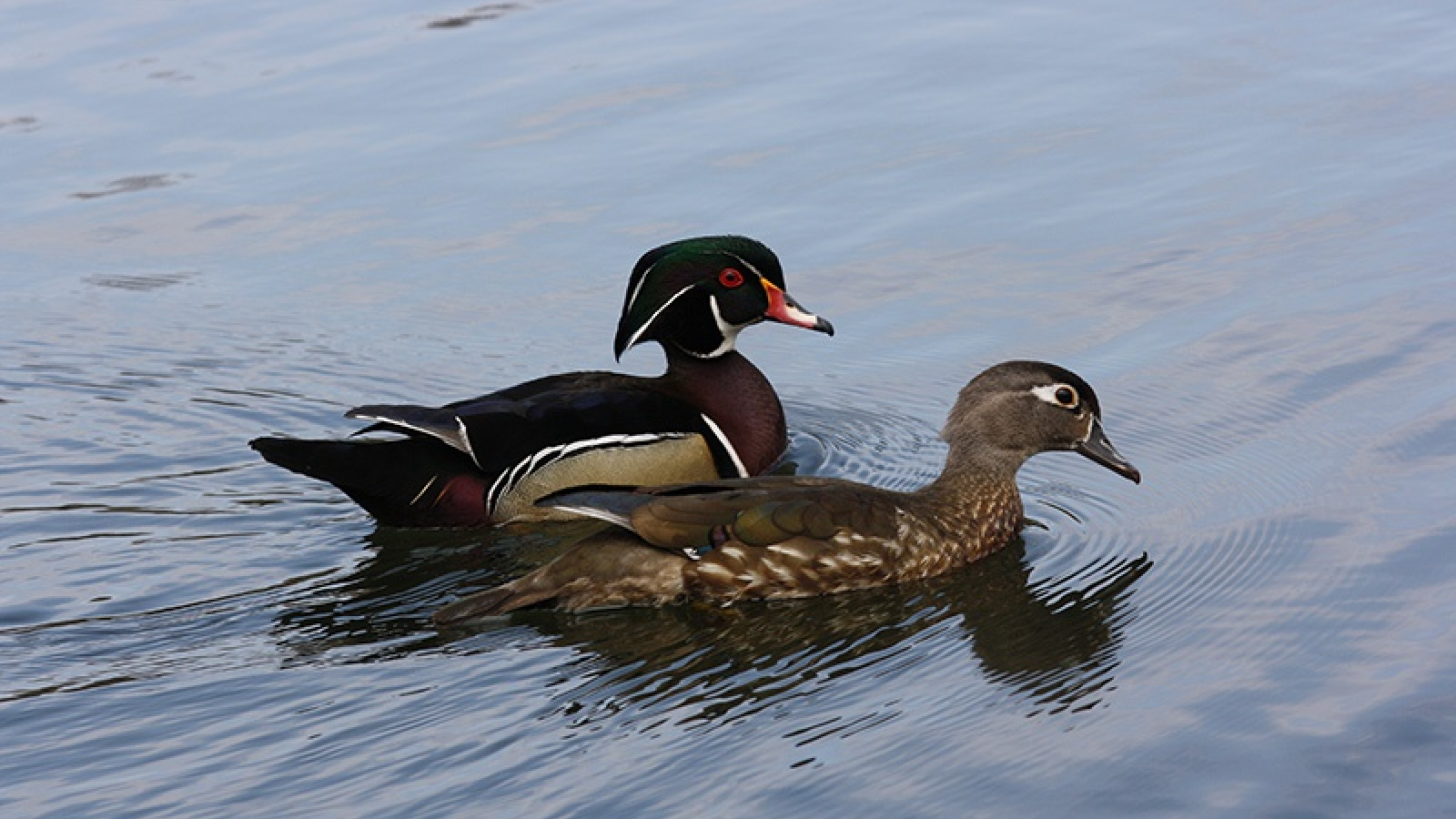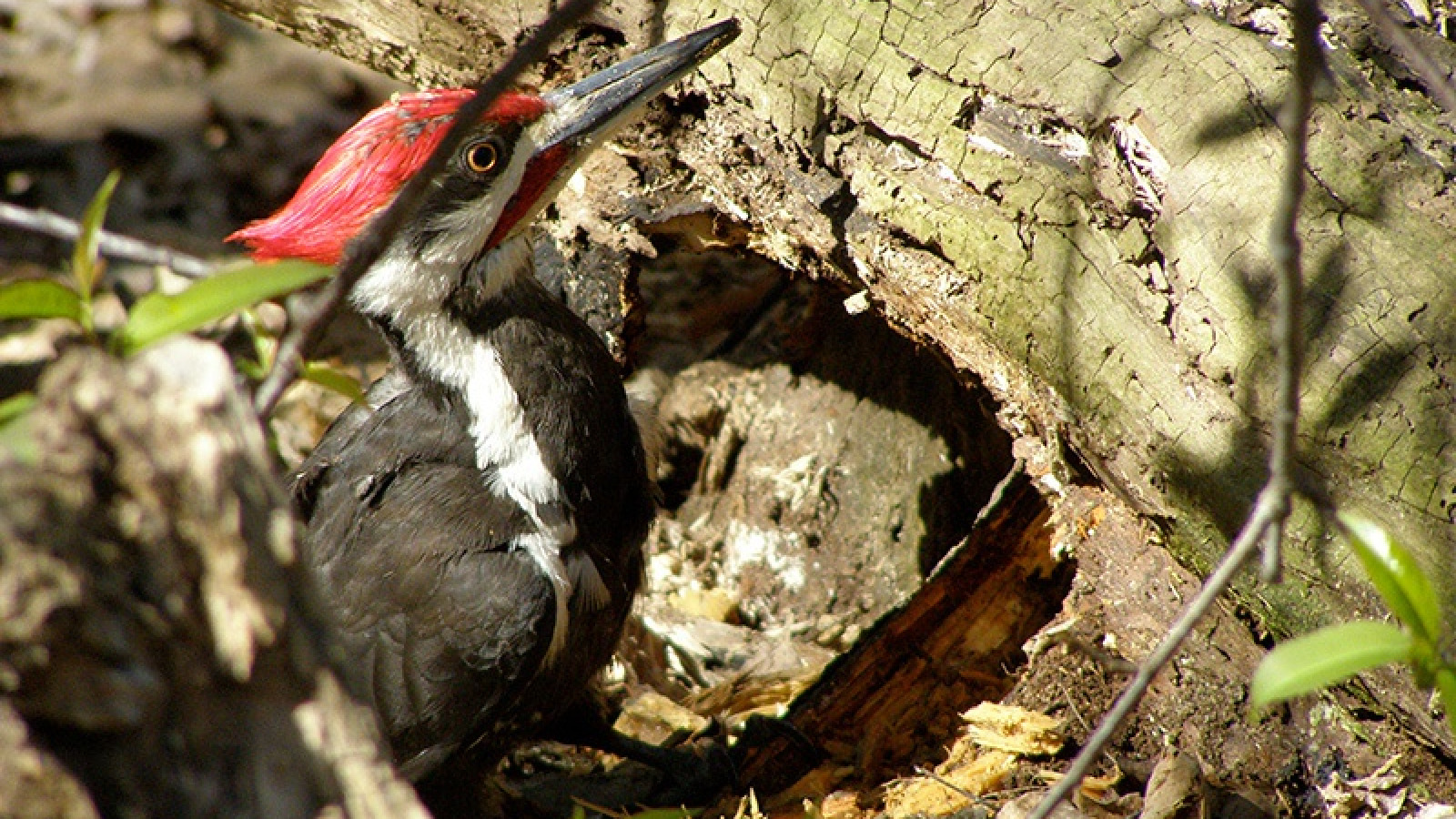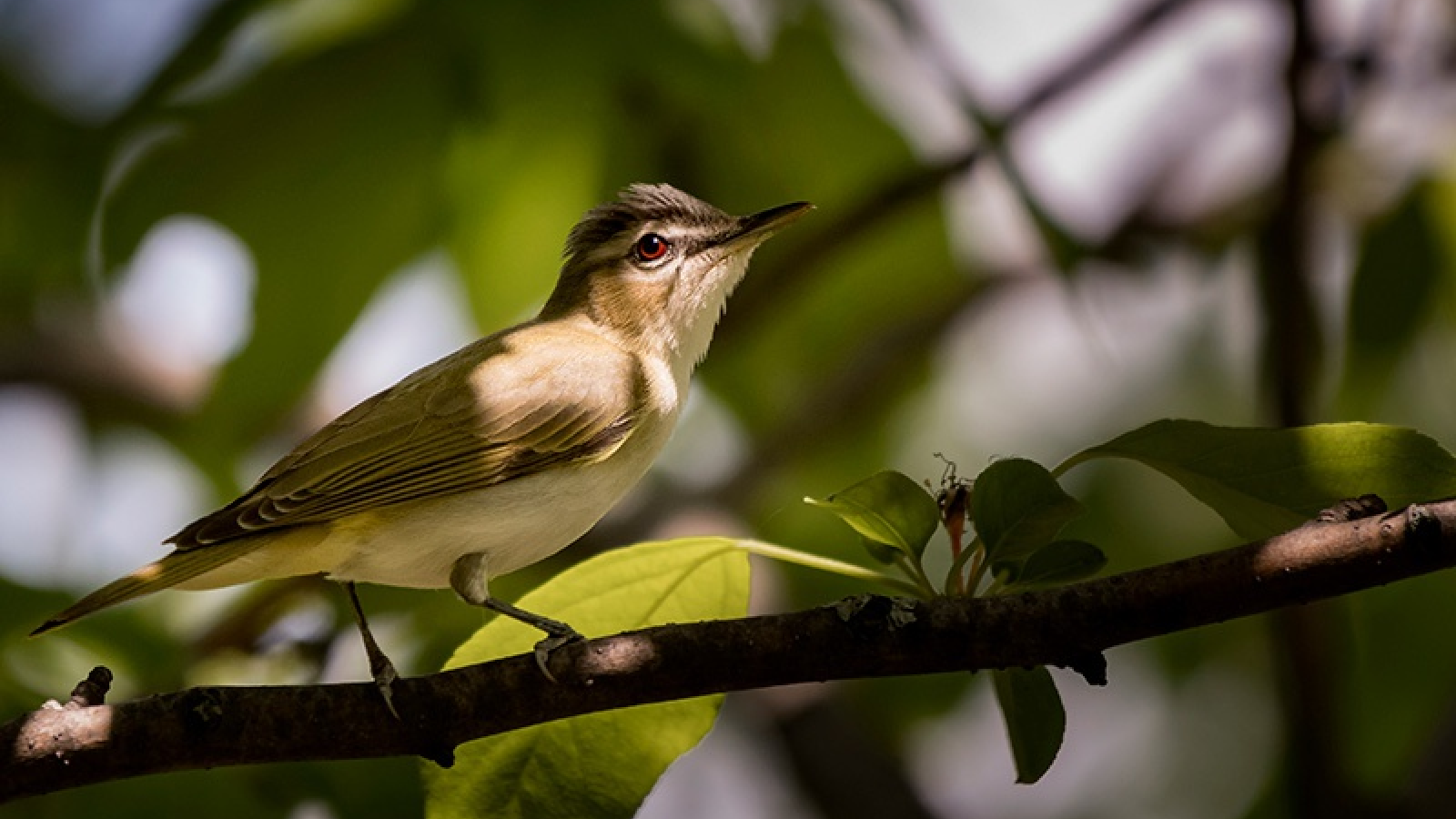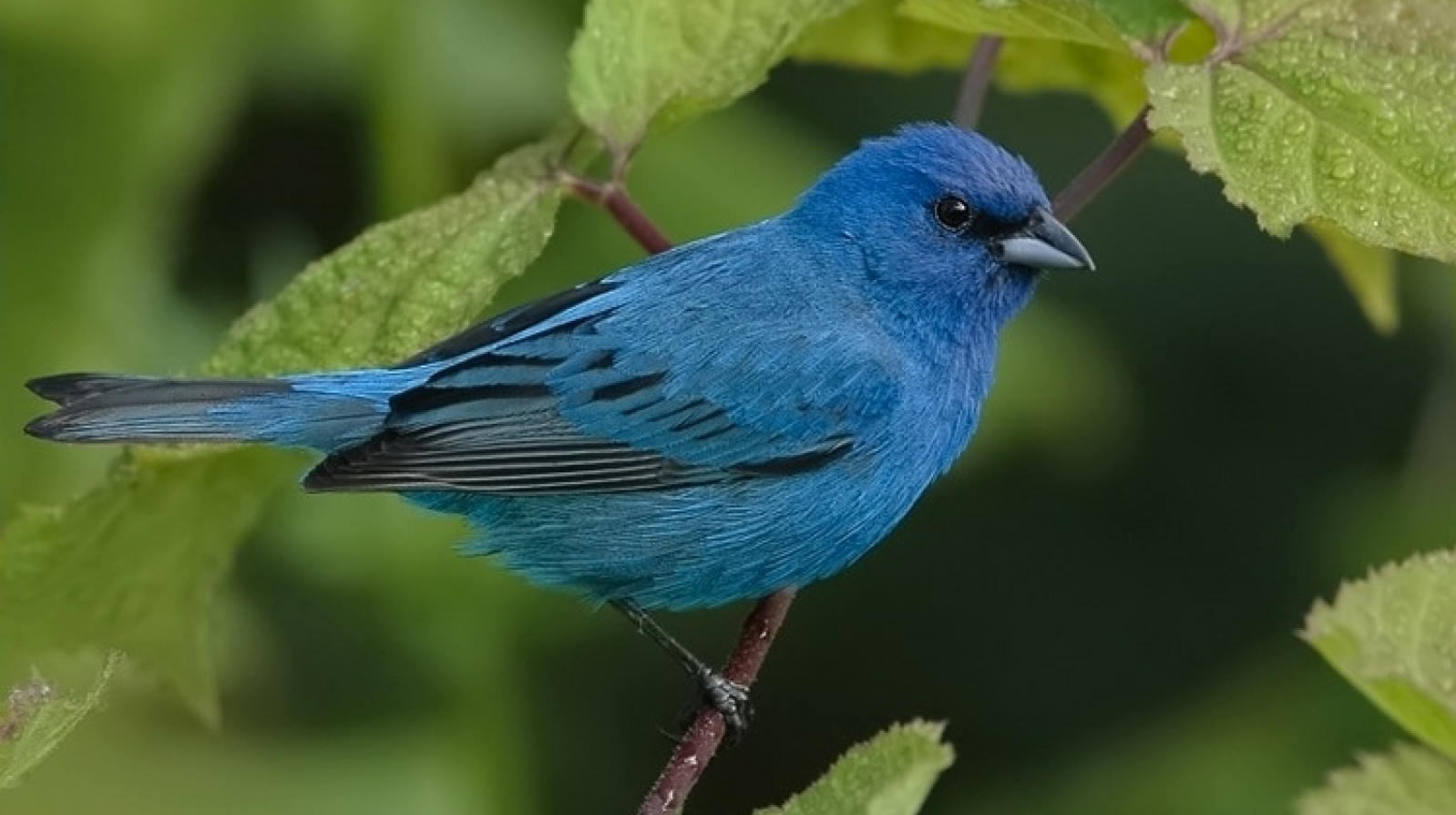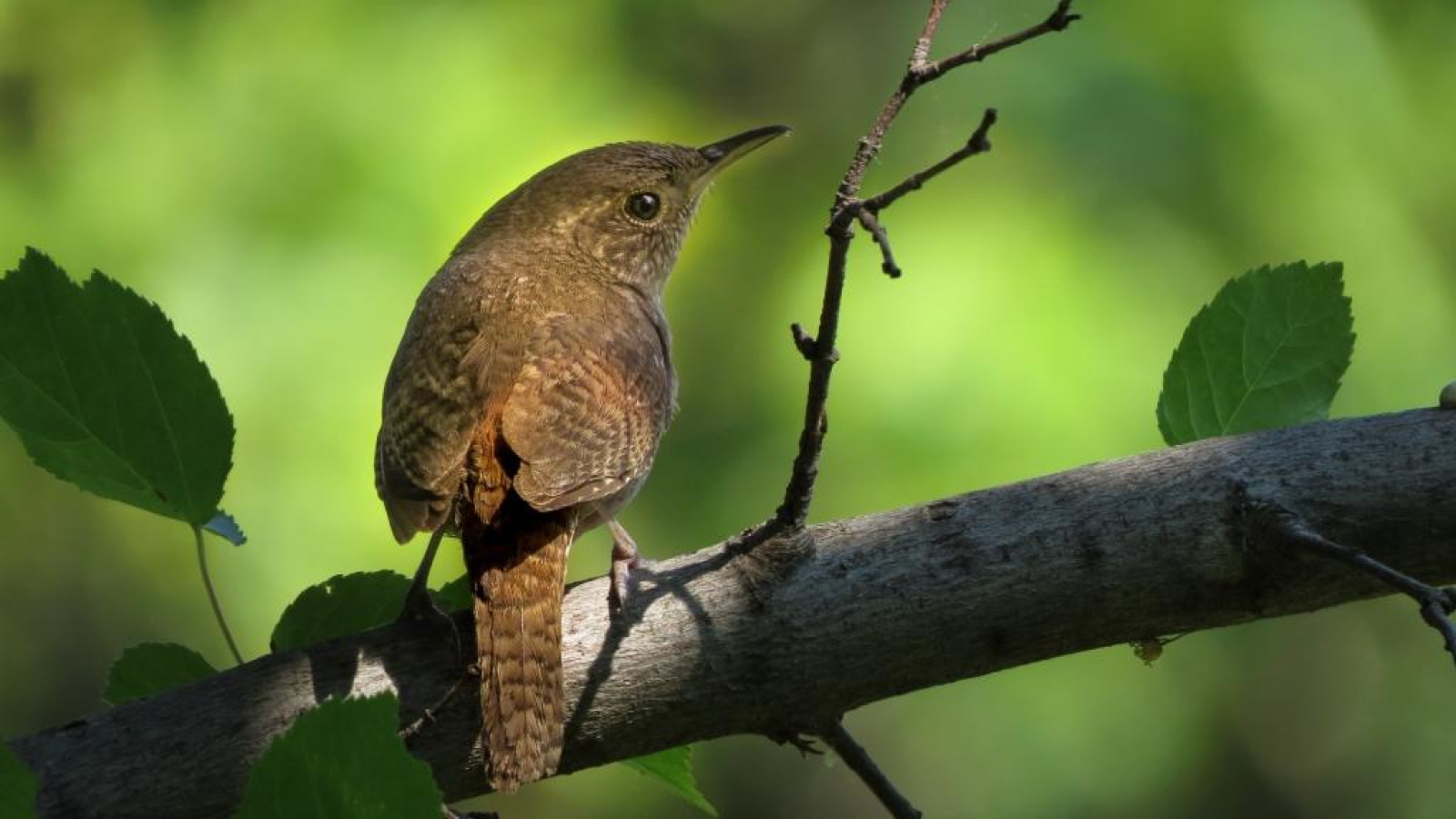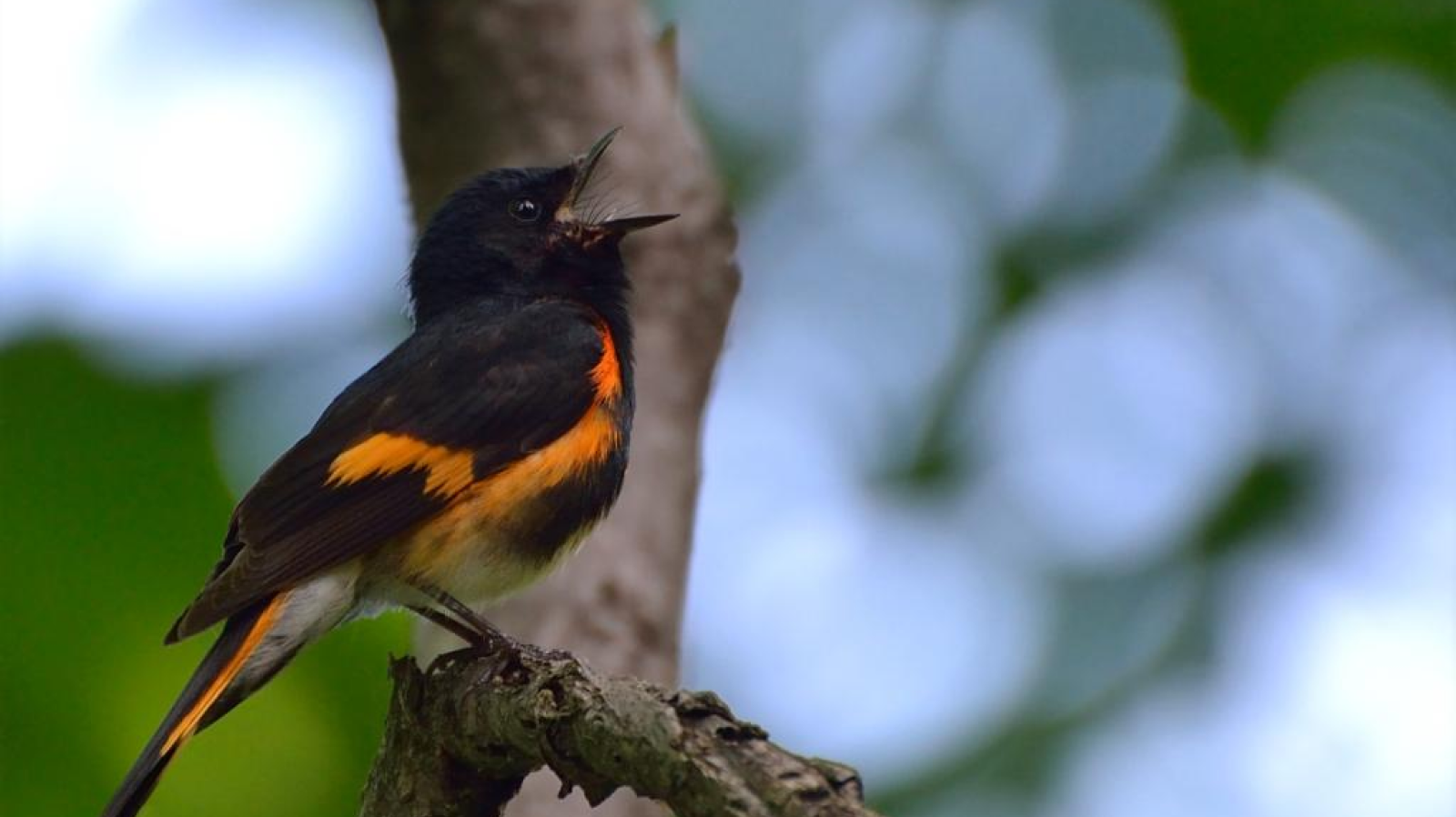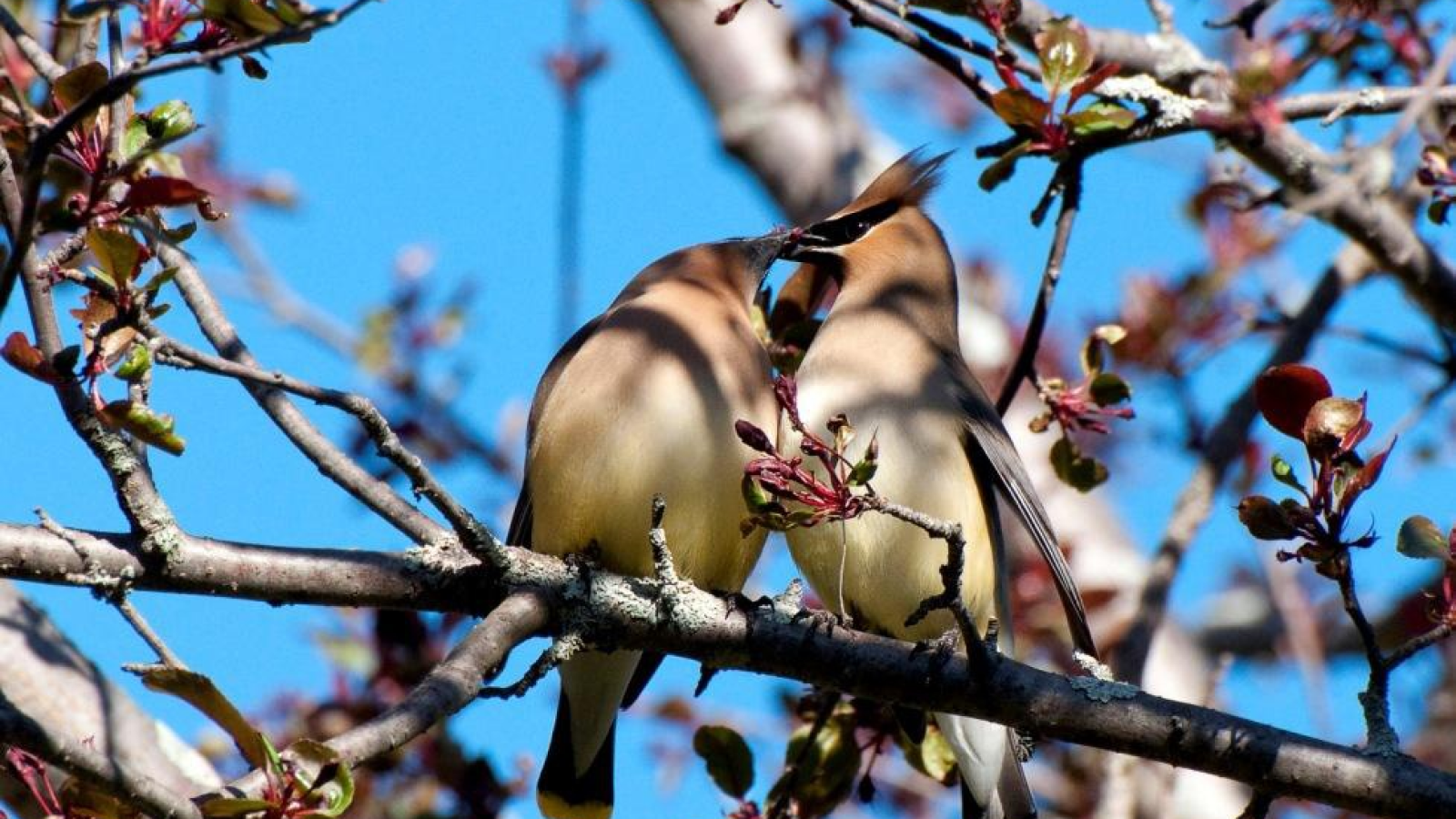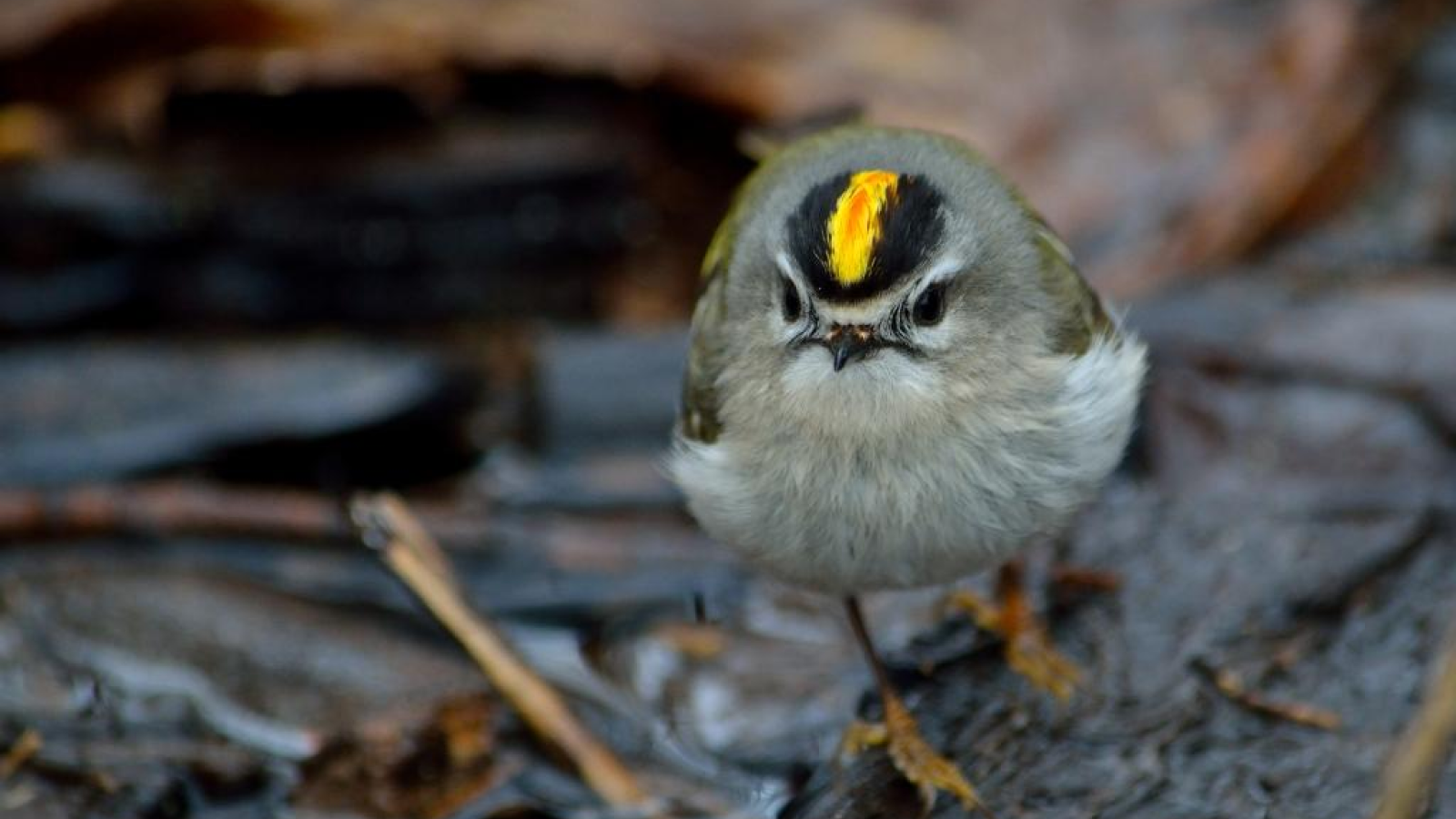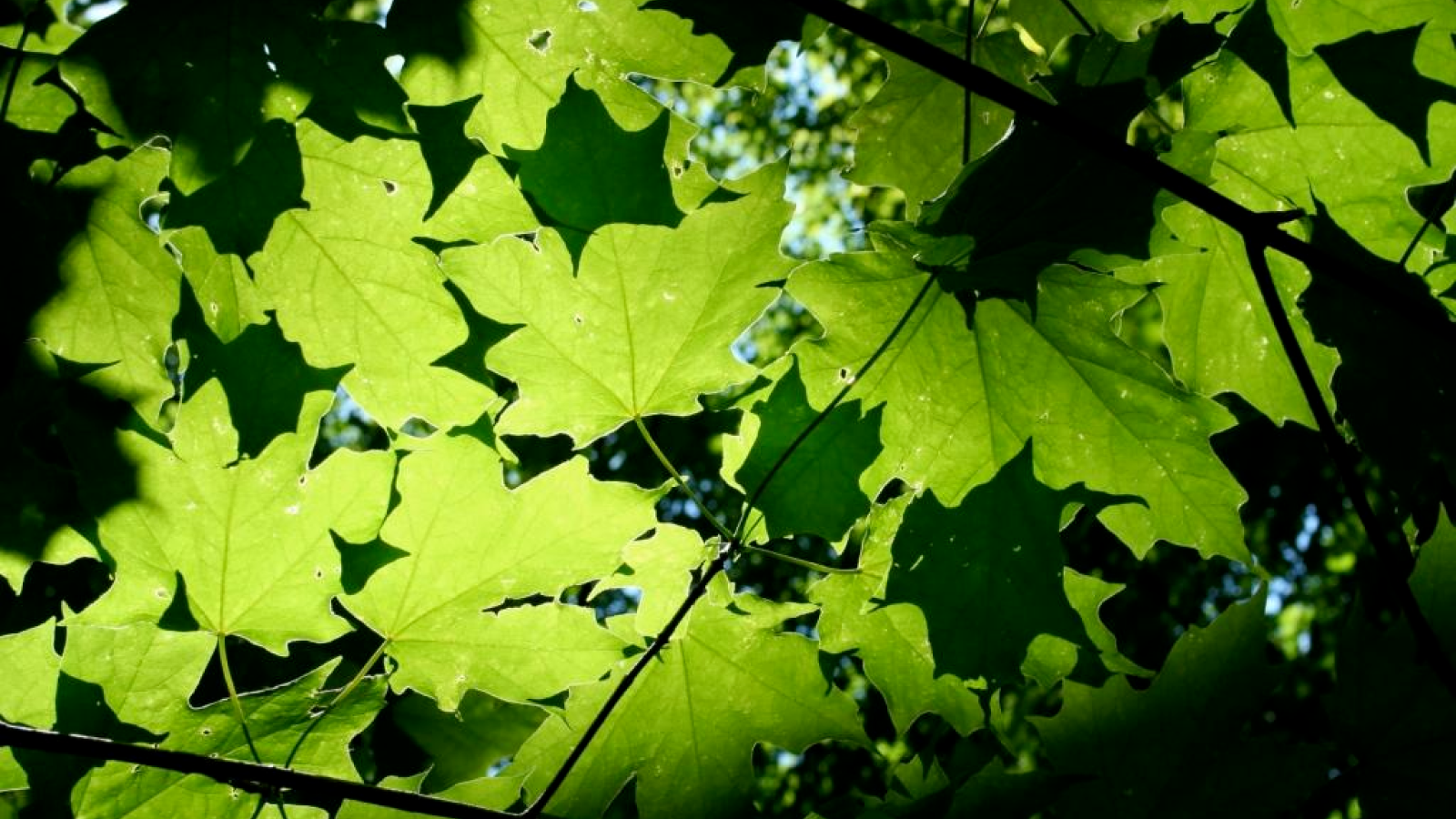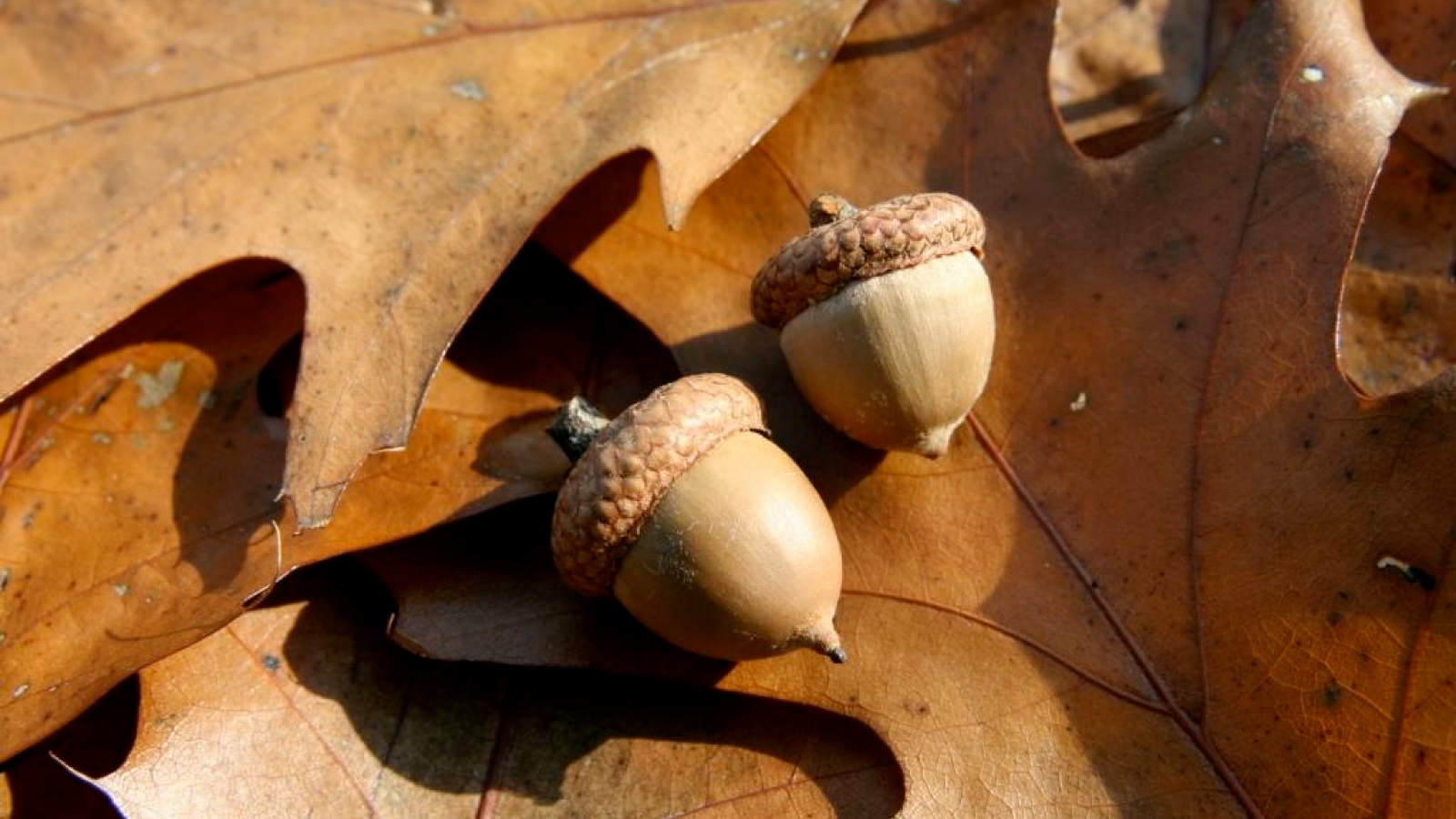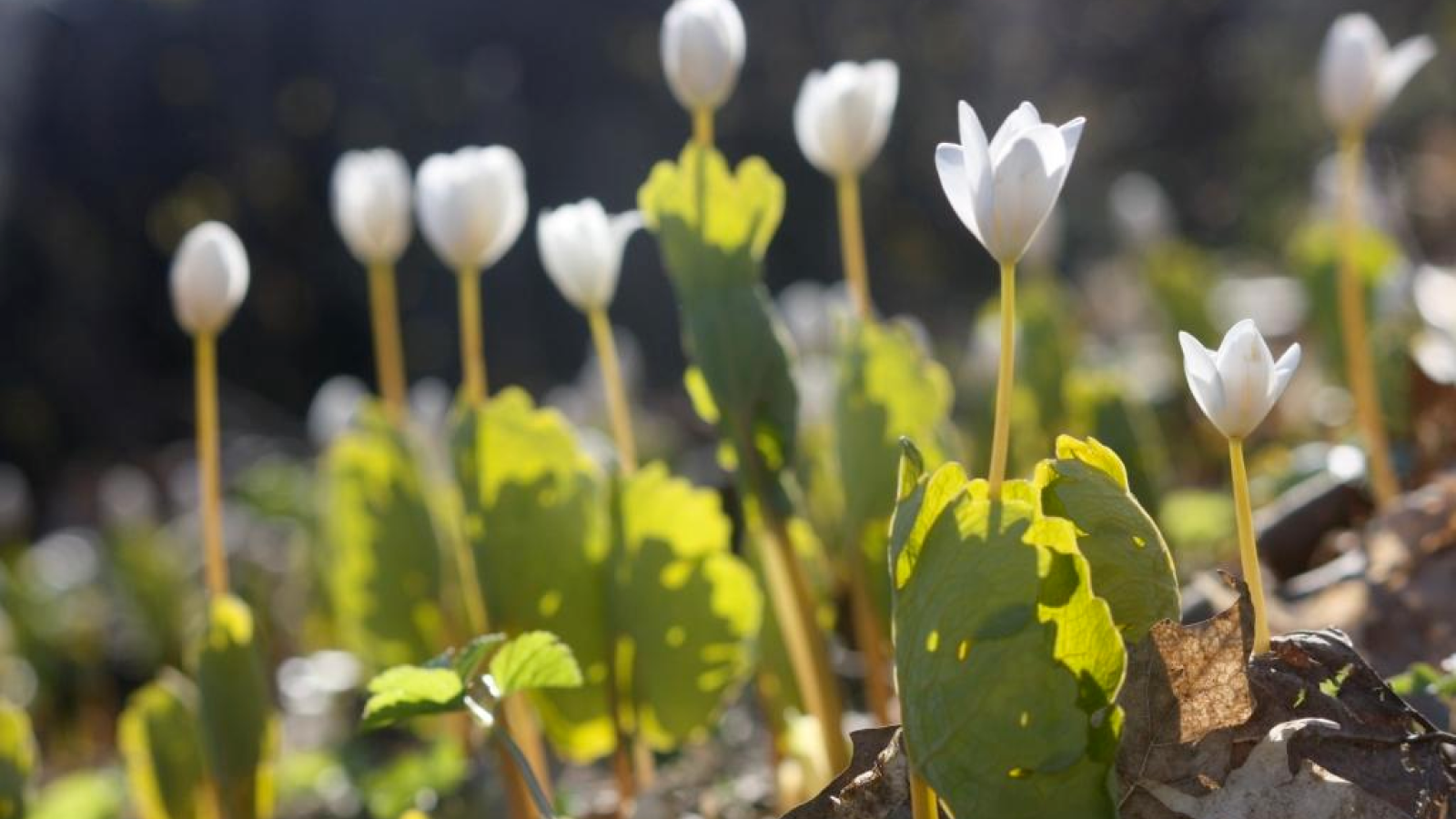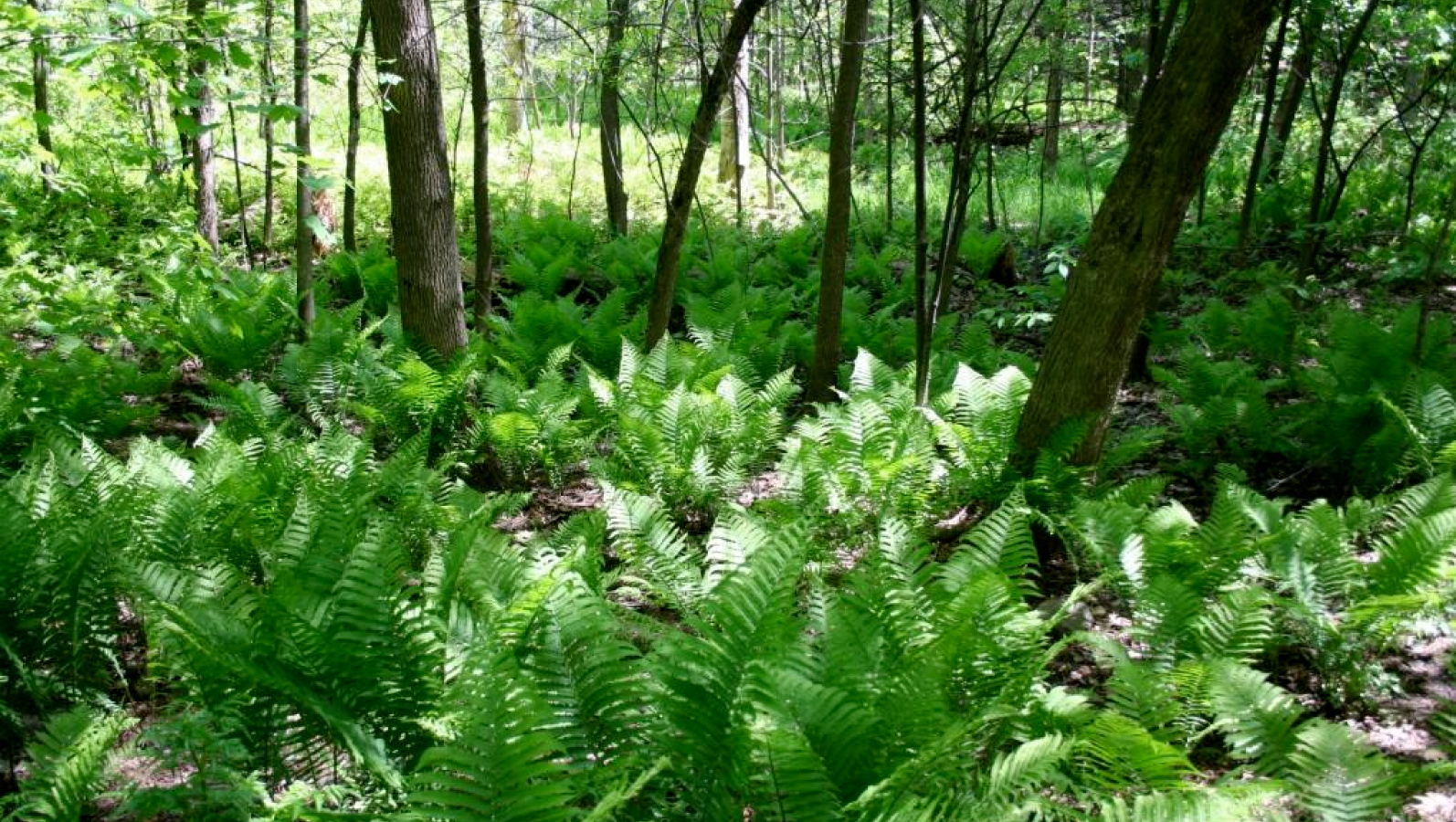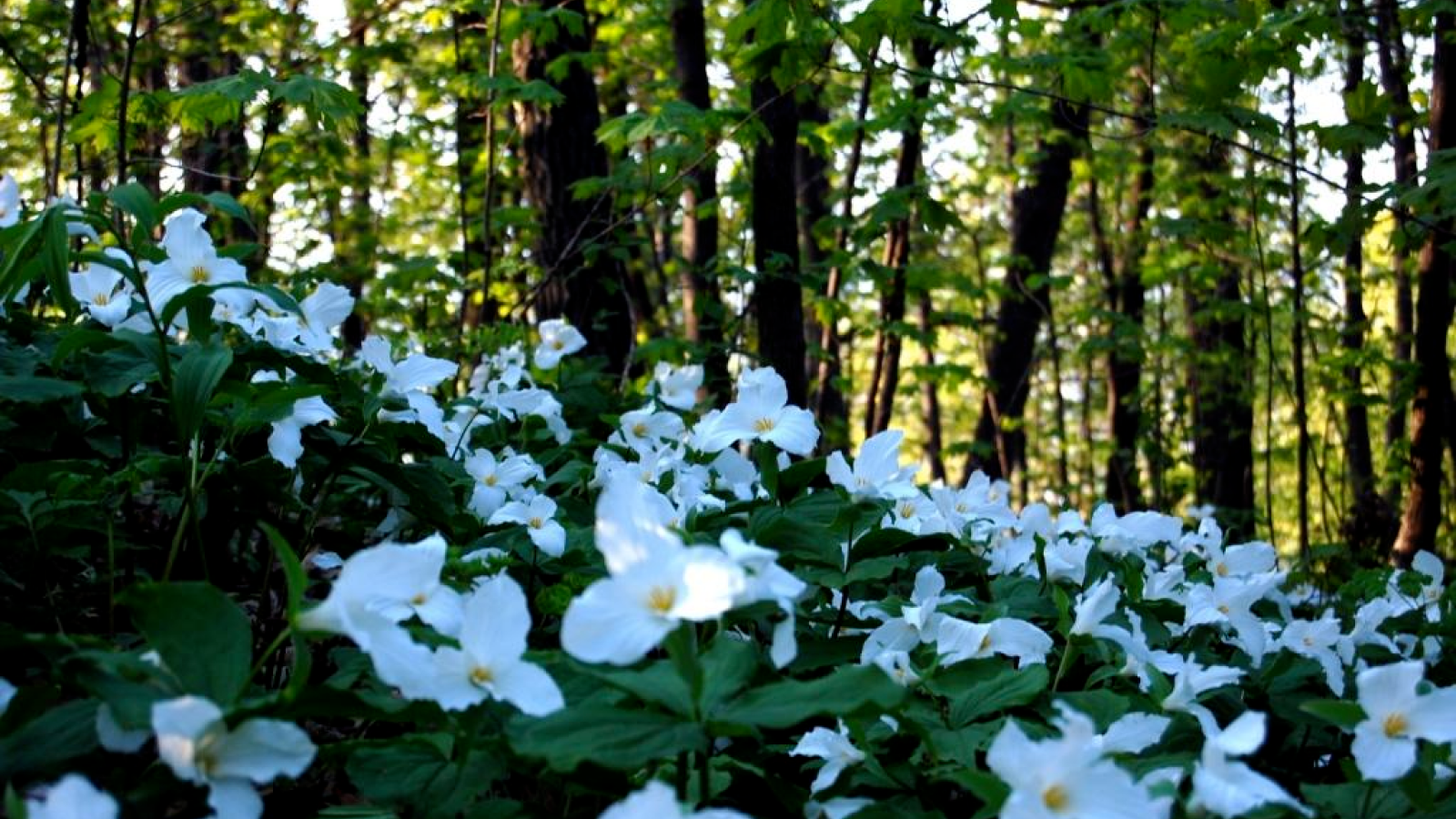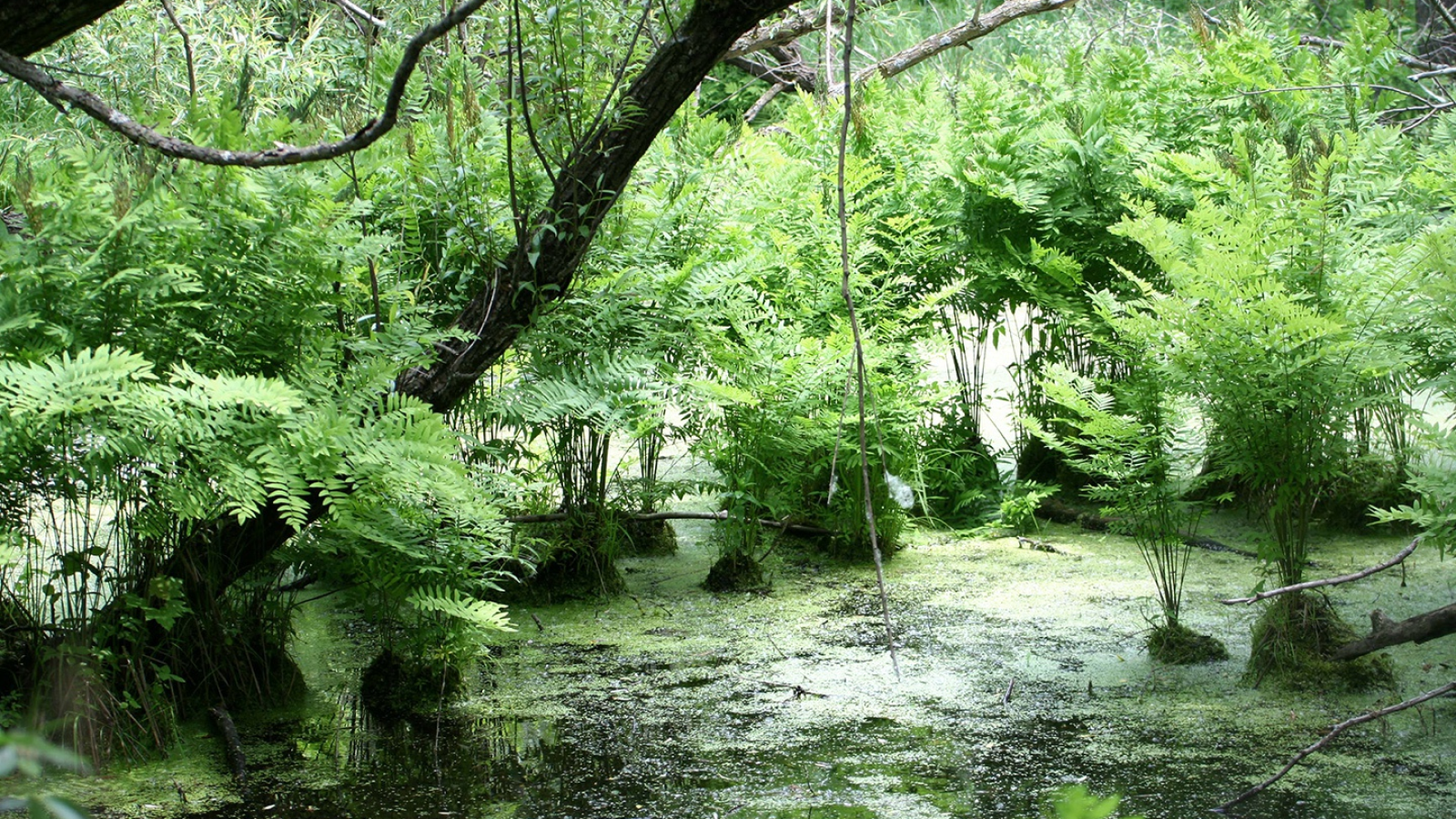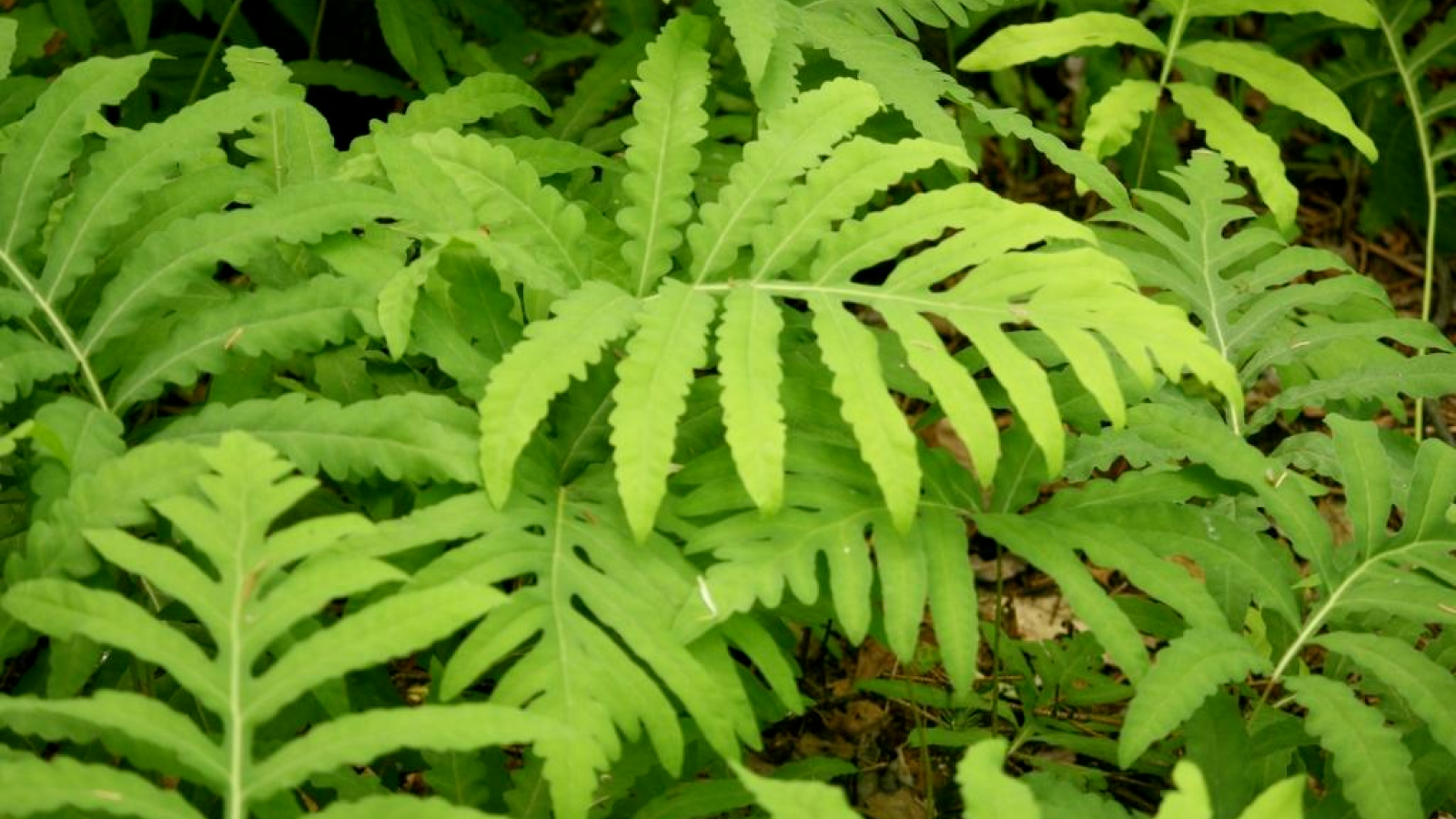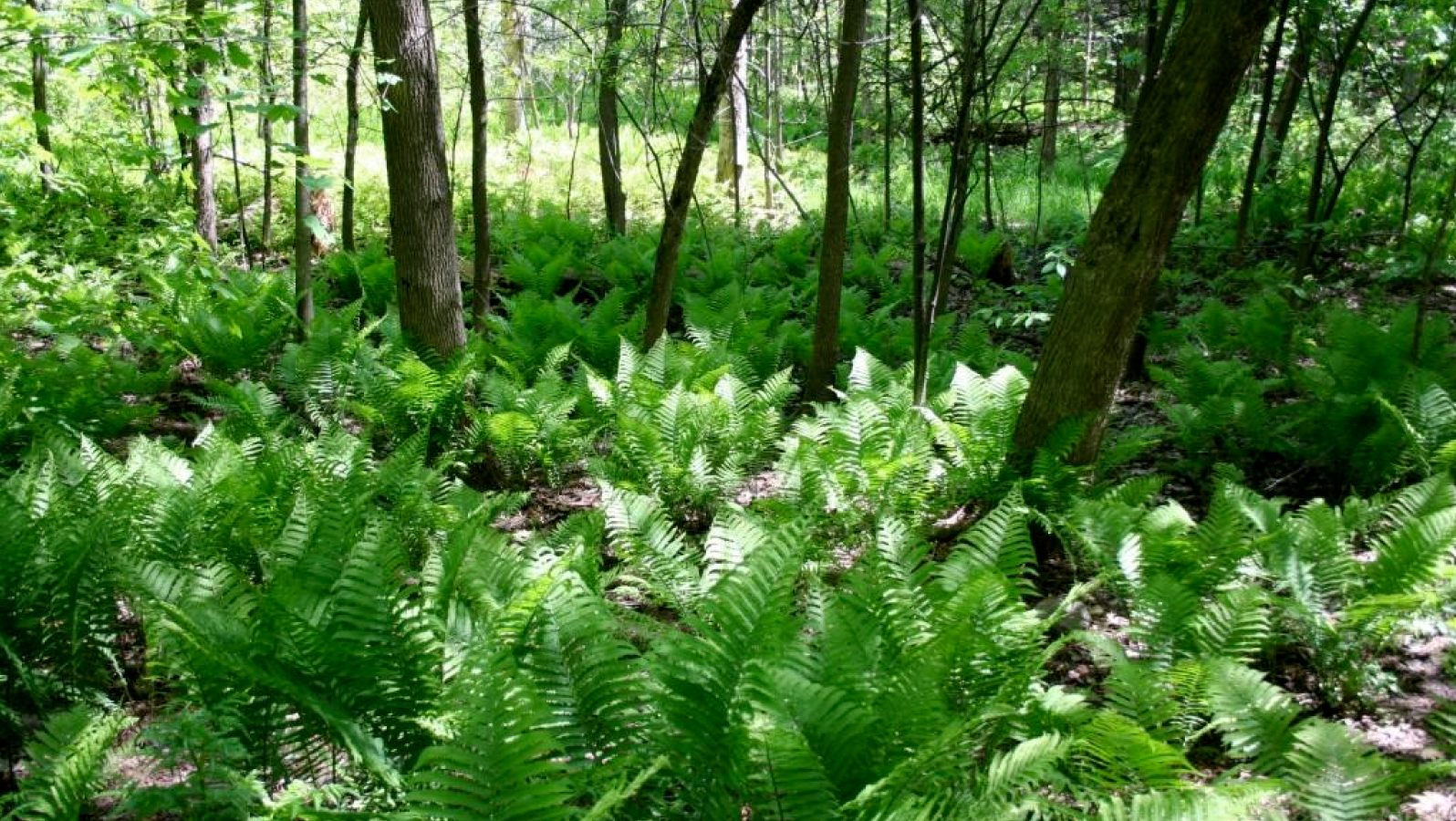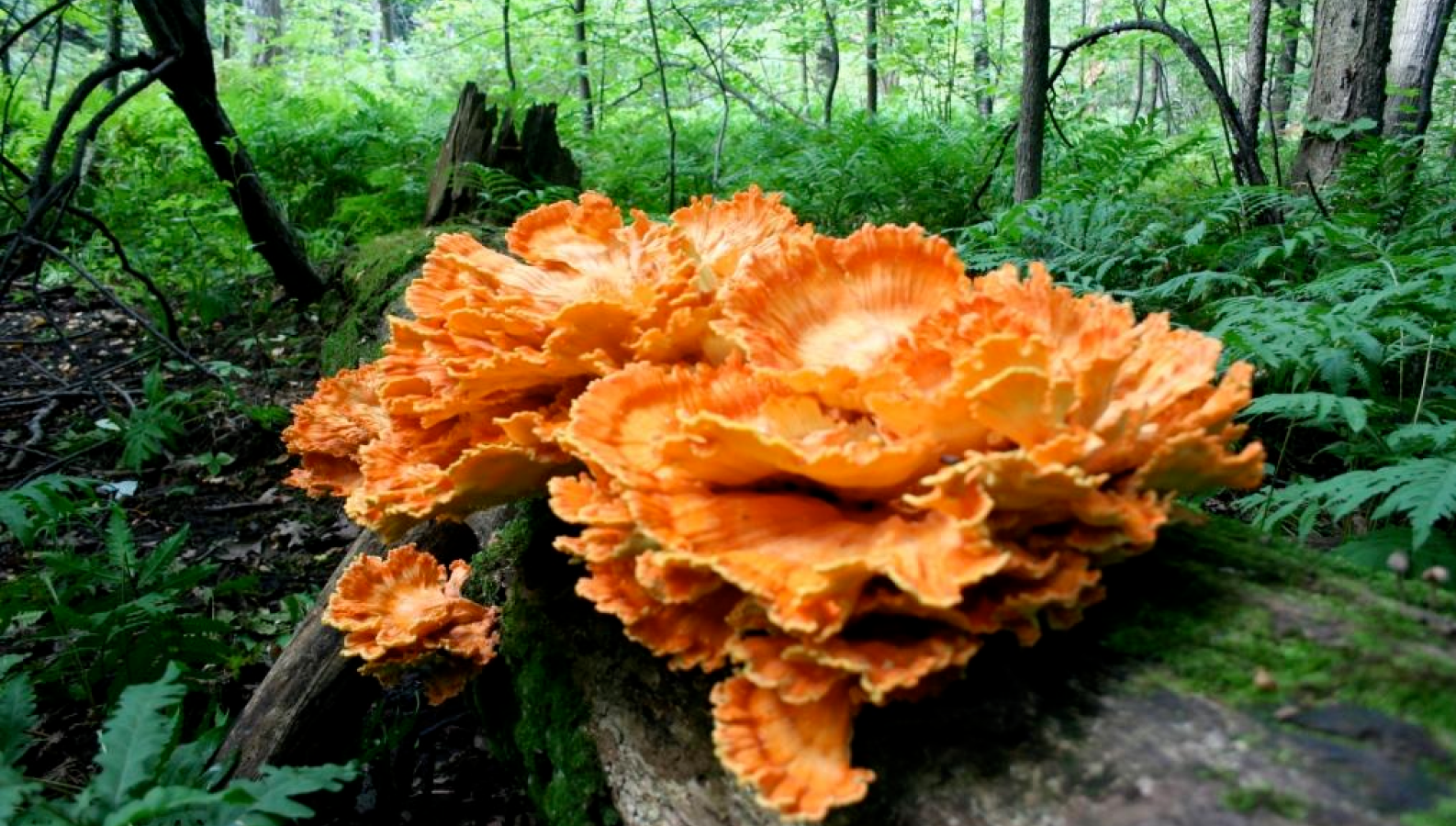Our Mountain: So Full of Life!
Mount Royal’s green territory includes three summits, several parks, sweeping cemeteries and large institutional properties. This lush 10 km2 expanse abounds in plant and animal life including the woodlands, wetlands and meadows of Mount Royal Park.Mount Royal is:
- More than 700 species of vascular plants, some of which are rare and endangered, in the natural habitats
- More than 90 species of trees
- More than 180 species of birds
- Nearly 20 species of mammals
- Two species of amphibians
- Two species of reptiles
- Thousands of different insects
Fauna
Mount Royal is one of the few places in Montréal with such diverse wildlife. Mount Royal Park in particular is home to a great number of mammals and birds.Mammals, Amphibians and Reptiles on Mount Royal
Many small mammals, amphibians and reptiles inhabit Mount Royal and benefit from its rich biodiversity. For instance, on any given path, you might see a raccoon or a squirrel jumping from tree to tree, or even spot a red fox running across one of the cemeteries. More sensitive to disturbances, amphibians and reptiles hide out of sight in less frequented places.
Obviously, cohabitation with residents and park users is sometimes difficult and might jeopardize their safety. If you see an animal on the mountain, it is important to keep your distances and especially not feed it. See our information sheet on habitat conservation to learn more about the challenges facing wildlife on Mount Royal.
Birds on Mount Royal
Regardless of the season, Mount Royal is a paradise for amateur and professional bird watchers right here in the city. More than 180 bird species visit the Mount Royal territory, more than 100 of which can be observed on a regular basis.
Moreover, Mount Royal Park has a circuit of seven feeders installed along Olmsted Path winding around the summit where several species can be spotted in winter. In addition to offering guided bird-watching tours, Les amis de la montagne takes part in the FeederWatch Project, an extensive volunteer-based North American survey of winter birds that visit feeders. See our schedule to find out about birdwatching activities

